In praise of Odds & Ends
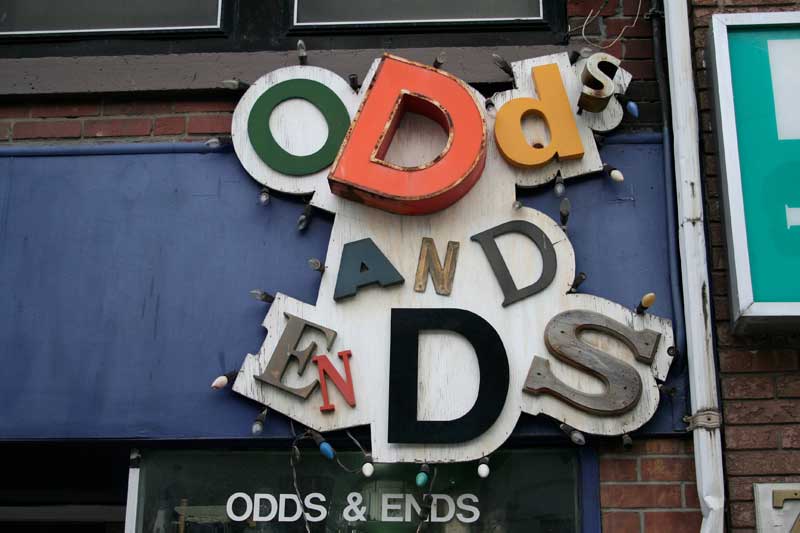
The weekly micro-decorating newsletter * Issue 3 of 13, W25 *
Subscribe free *
Some shops are more than a place to buy things; they're a way of seeing the world. I always thought Odds & Ends at 703A Queen Street West belonged to that second category of retailers, the ones who shift your perspective to their own.
I got to know the shop in the early nineties, when I lived around the corner on Palmerston Avenue. A tiny storefront, its window revealed a narrow passageway so crammed full of antique wonders that no one could possibly enter very far. During its irregular opening hours, the contents spilled onto the sidewalk like an upended toy box, presided over by a slender man who was always ready to start a conversation.
This was just before the web changed how we buy and sell, but even then it felt like a throwback to an earlier form of commerce, when the bustle of a street was inseparable from the making of a purchase. On Saturday afternoons, I loved pausing to see what had tumbled out the door this time – anything from ancient records to chipped figurines to mysterious machine parts – puzzling over whether there was a unifying thread connecting it all.
Over the years, the shop seemed to be open less and less often. I moved and moved again, but I'd still seek out that handcrafted sign whenever I was in the neighbourhood – it felt like an old friend. Once, I peered through the window and noticed the inventory had decreased dramatically. It was no longer piled up to the ceiling and there was actually room to walk around inside.
Then one day, as I was passing by I noticed a figure inside. It was the fellow who used to accompany the objects on the street, several decades older yet definitely the same person. I took a chance and knocked. To my delight, he opened and I introduced myself, explaining how much I admired his venture and the life it brought to that stretch of Queen Street.
He told me that he was thinking of winding the business down. We commiserated about how Toronto's streetscape was becoming more and more homogenized. I bought a quirky brass table lamp that now lives in my kitchen. And I asked him about the sign. He told me he had the concept of mismatched letters to represent the shop, but didn't actively seek out the individual characters – he let them come into his life through serendipity.
That backstory stayed with me, because it captured how a home comes together. We can get too intentional about the interiors we want, but the best things happen organically, without much planning. If we think of the objects in our home as letters, they eventually spell exactly what we need.
At the end of December, I passed by the shop to discover its windows papered over and the sign removed, leaving a jagged black patch. The odds and ends on offer are now dispersed around the city and beyond.
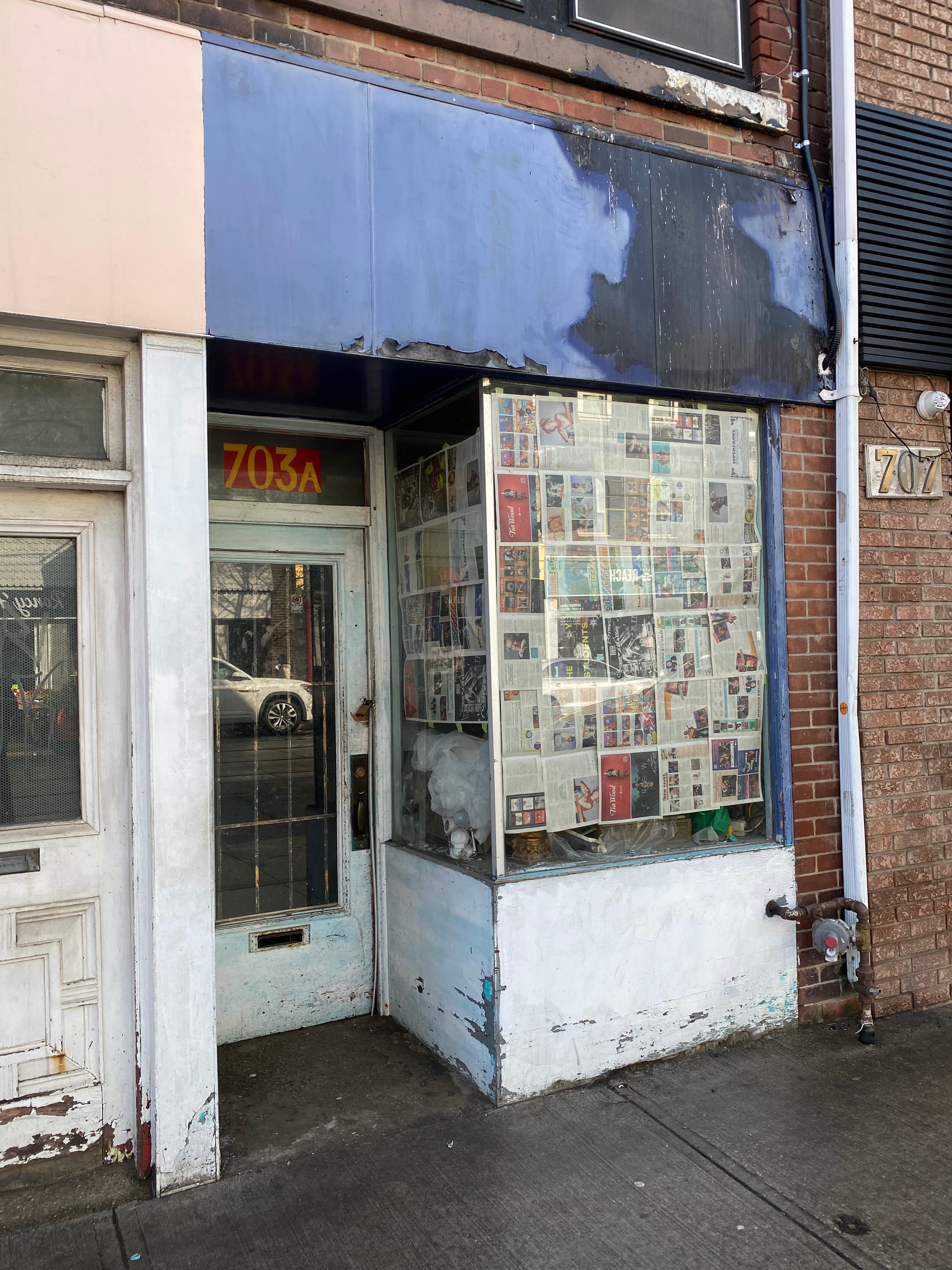
Thank you, kind shopkeeper, for teaching us about the miraculous life of objects and how their journeys can become part of our own.
Elsewhere
The New York Times recently reported on a mania for furniture that looks like food:
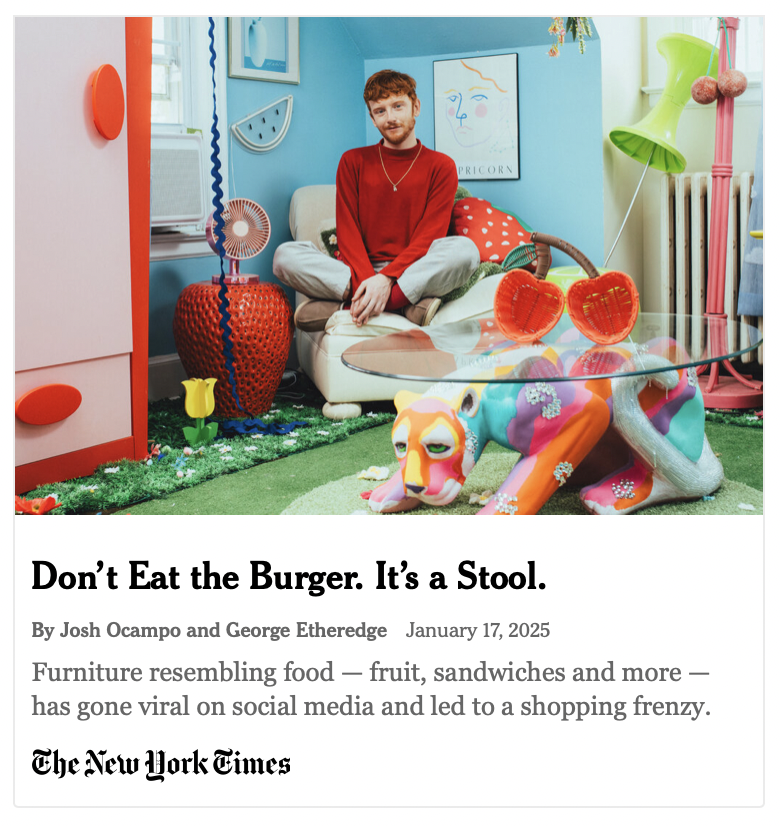
As usual with articles like this, the Comments section is filled with naysayers who flinch at the idea of having fun with your home.
Opponents of whimsy are out in full force. Let's resist them, shall we?
Thank you for reading.



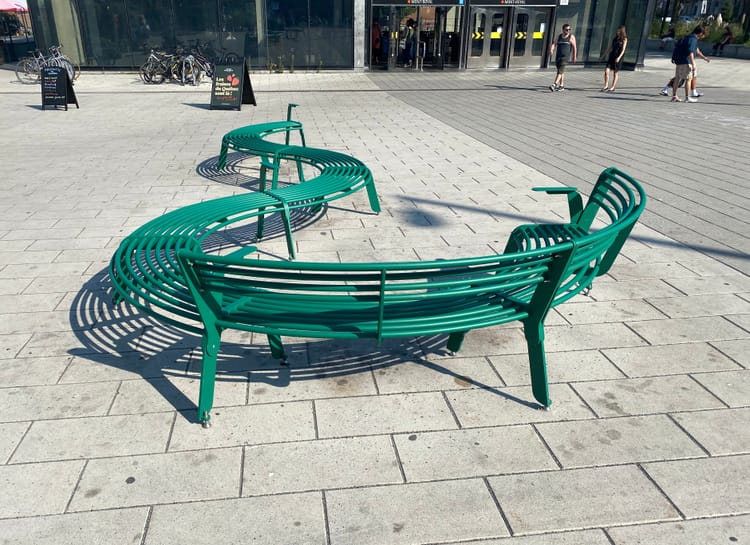
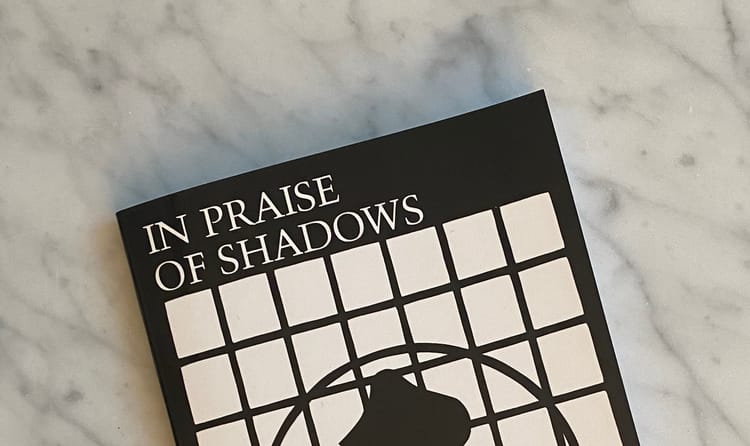
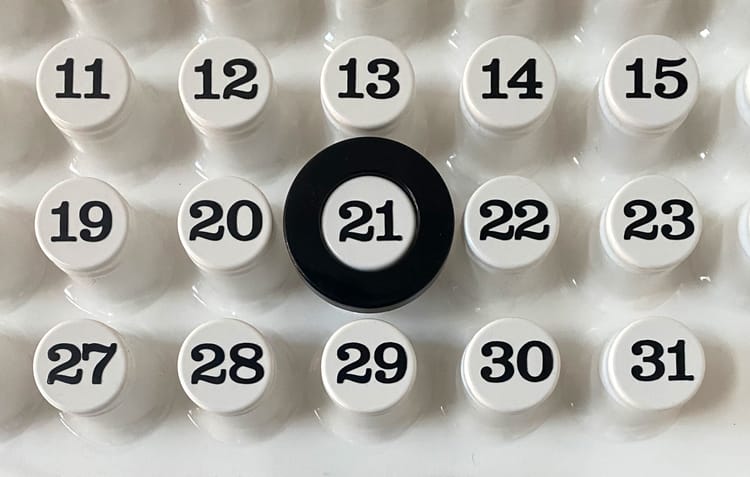
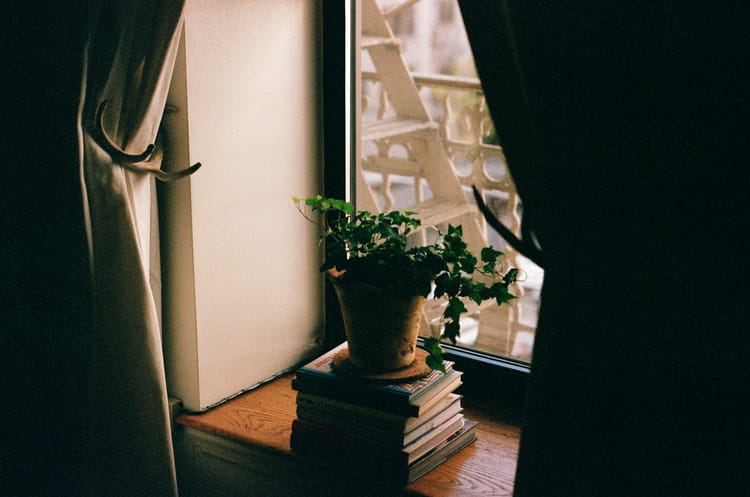
Member discussion